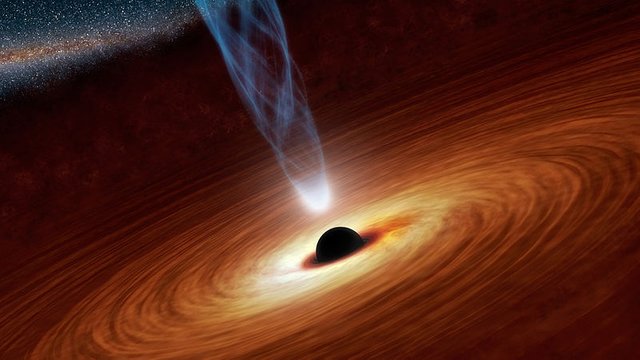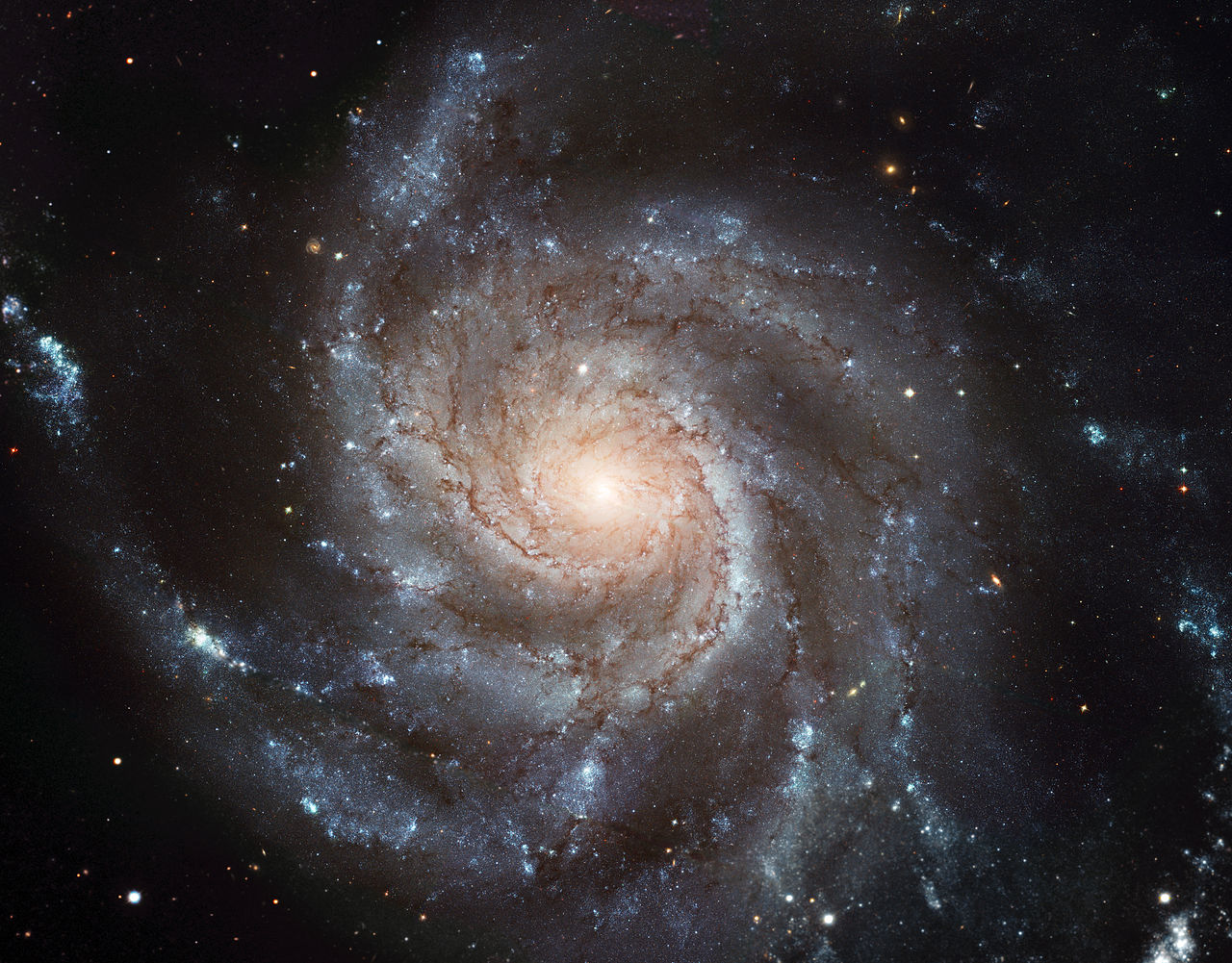The Truth about Black Holes
Black holes are said to be "regions...exhibiting such strong gravitational effects that nothing--not even particles or electromagnetic radiation such as light--can escape from inside it."
All physics appears to breakdown as we examine a black hole. In appearance, it is a singularity that is so gravitationally powerful that it can create an entire galactic system around it.
Here is the thing: black holes aren't special. They are not some unique phenomenon that occurs when mass is so high that all things become a singularity. This is an optical illusion.
"What?" Hear me out. It is extremely important to understand that we interpret it as a singularity because we do not see visible light from it.
First lets look at the spectrum of light coming from the sun. Here is the sun's solar radiation spectrum:

Source
Notably, our sun emits light largely within a small frequency range. Present theories claim that the "region around a black hole" emits radiation in much the same way. For example, in the paper Supermassive black holes and spectral emission lines by Ilic and Popovic, they state:
"In general, in the case of the supermassive black hole binary system, we can have either one emitting region around two black holes, or two emitting regions clearly separated around each black hole. Thus, the models of the binary BLRs (broad-line region) around two supermassive black holes [60] give large diversity of line profiles, as shown in Figure 3."
In the conclusion section, they state:
"The main conclusion is that broad emission lines of Type 1 AGN and their properties (flux, profile, variability) can be used to obtain the properties of the BLR gas near the supermassive black hole."
In much the same way as how our sun emits a very specific range of wavelengths that is a function of its properties, the properties of a black hole can be determined by the specific range of wavelengths that its "surroundings" emits. The thing is, we are not analyzing a black hole's surroundings when we analyze the wavelengths of light coming from around it.
Instead, we are actually analyzing the black hole itself. We just think we are analyzing its surroundings because we believe black holes to be singularities. In reality, they emit higher energy that does not necessarily include the visible light spectrum and so they appear as singularities. Their gravitational effects, also, bend visible light that they do emit so that it is bent back in on itself in a Figure-8 orbital pattern. This causes a black hole to appear as a singularity.
However, when we look in the X-ray spectrum, we are able to see the actual photosphere of the black hole:
This isn't just it's surroundings; it's also the actual black hole. It is not a singularity, but rather is so massive that the wavelengths of light it emits differ drastically from the wavelengths that stars emit and its mass is so large that visible light is gravitationally lensed back in on itself so it appears as a singularity in the visible light spectrum.
Black holes are therefore optical illusions and not singularities. This is why physics breaks down when we try to analyze them: because we are misinterpreting their volumes.
All things are relative. Due to the relative mass of atoms compared to the particles of which visible light is composed, we see it as visible light. If we were composed of a smaller building block in the infinite layers of the universe, we would perceive stars as black holes, planets as black holes, the nucleus of atoms as black holes. Different wavelengths of light having the same relative difference to our building blocks would then be seen as our visible light spectrum.
An object being seen as a black hole is not an inherent trait of the object but rather an effect of the mass of the object observed compared to the mass of the particles being used to observe it.


